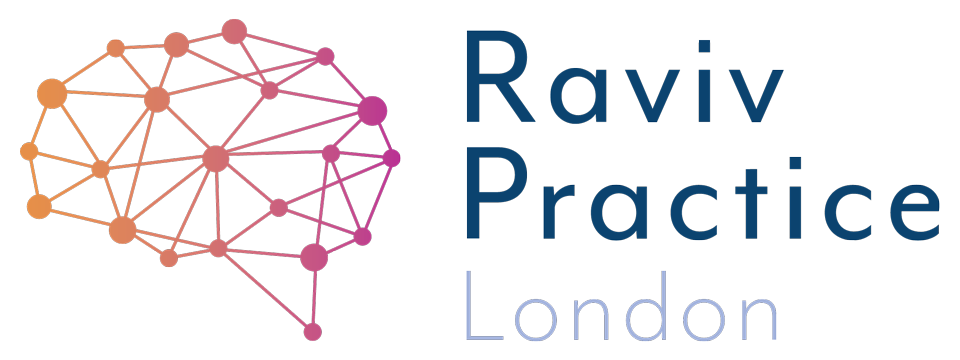Why does my child not like school?
It’s school time and you are running late. You have reminded your child since she woke up what time you need to leave for school and how many minutes remain to this deadline. You assumed 60 to 90 minutes was ample time but every day, no matter how much extra time you allocate, the story is the same. It’s like groundhog day, repeatedly reminding your child of every action that needs to be taken in order to get ready. With only 15 minutes to go and no signs of compliance from your child, patience starts to run low and feelings of frustration run high, and it’s beginning to show. The cohesive, gentle voice of the past hour has been replaced with an increasingly louder and irritable one. Then come the tears, and as they roll down your child’s cheeks you are left feeling like an awful parent. You comfort your child, explain that it’s normal not to like school at the beginning of term and that their friends would really miss them if they didn’t go. Slowly you get their agreement and are able to leave the house, just to find yourself in the same predicament the morning after.
Do you feel your child’s anxiety is your responsibility?
Sound familiar? It’s easy to blame yourself for the anxiety your child feels and subsequently promise yourself to leave more time to prepare for the day, the next morning.
But it’s not actually to do with the preparation. It is to do with a type of anxiety that has turned into a habitual pattern, a trauma. This can occur in any situation, not just going to school. However, as adults we can employ a ‘top down’ approach, mindfulness, children of this young age cannot. Their feelings creep up on them before they have a chance to approach and digest them appropriately, it’s out of their control. Calming the anxious child is not just about talking to/at them.
Research on how to make the child feel safer and remove perceived threats
Dr Stephen Porges’s research on the Vagus Nerve over the last forty years has enabled a breakthrough and his research into the body’s response to anxiety is documented in the book “The Polyvagal Theory”. The Vagus nerve is the longest nerve in the body and affects all vital organs such as the heart, lungs, stomach, liver and more. Based on his research a therapy-based solution called ‘The Safe and Sound Protocol’ has been developed. This trains the body to dampen the response to perceived mild danger and helps the vital organs to continue as normal, and not intensify as if experiencing a trauma. Advanced functions can work as normal and register the threat as it really is.
What is the Safe and Sound Protocol (SSP)?
It is a non-invasive intervention involving listening to filtered music that has been processed specifically to retune the nervous system (regulating state). Thus, introducing a sense of safety and increasing the ability to socially engage. This allows the person to better interpret not only verbal speech, but more importantly the emotional meaning of language. Once interpersonal interaction improves, spontaneous social behaviours as well as an enhanced ability to learn, self-regulate and engage socially are often seen.
“The Safe and Sound Protocol is intended to accelerate the effectiveness of other modalities by preparing the person’s emotional and physiological state for engagement.”
The SSP involves listening to a specially formulated sequence of filtered music for one hour on five consecutive days. The filtered music is played through headphones on audio equipment (MP3 player) in a quiet and safe environment. It can be done in a therapy setting or at home.
Raviv Practice is one of the first therapy centres to use this programme in the UK and has delivered to both children and adults affected by severe anxiety. SSP can make a significant change in stopping anxiety escalating, especially in the very young where brains are still developing.
For more information on the Safe and Sound Protocol go to Raviv Practice London –Safe and sound protocol. Call 0203 8870486 to find out more or email usha.patel@ravivpracticelondon.co.uk for an information pack.
